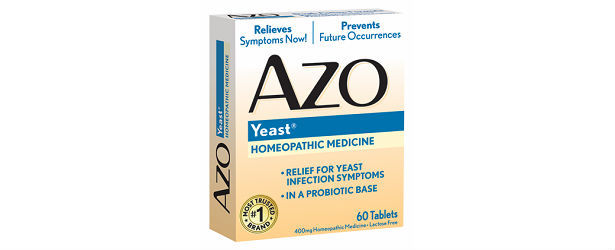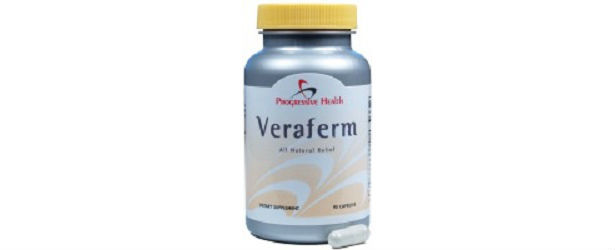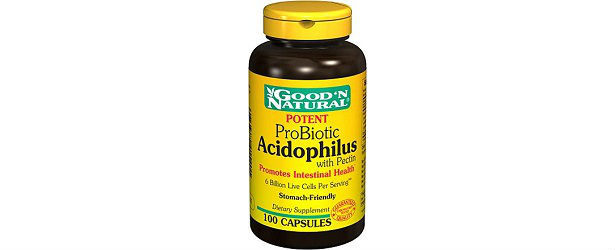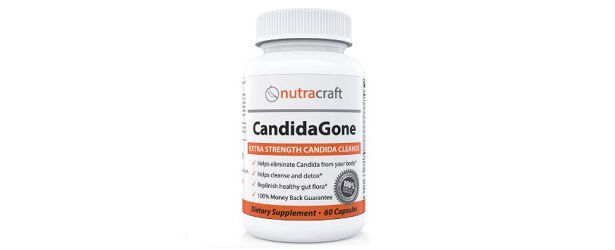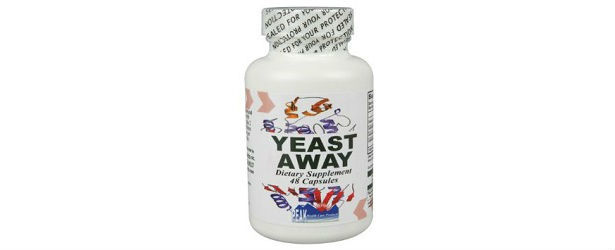
Effectively Treating Yeast Infections
A yeast infection as well as its symptoms can be quite annoying. There are many causes of yeast overgrowth, and it’s important to know the main cause of the problem in order to determine the right medications and treatments. While nowadays treating a yeast or fungal infection is very easy, choosing the right medication can be quite hard, especially without the help of a doctor. There are hundreds or even thousands of antifungal treatments available in the market today, and this often causes confusion.
 Never ignore a yeast or fungal infection because it can definitely escalate to something severe that can cause several complications to your general health. Always treat such an infection immediately or resolve the main cause of the infection as well, if at all possible. That is why self-medication is strongly discouraged in cases of fungal or yeast infection. Always seek a doctor’s advise when it comes to treatments and medications.
Never ignore a yeast or fungal infection because it can definitely escalate to something severe that can cause several complications to your general health. Always treat such an infection immediately or resolve the main cause of the infection as well, if at all possible. That is why self-medication is strongly discouraged in cases of fungal or yeast infection. Always seek a doctor’s advise when it comes to treatments and medications.
Yeast problems are fairly common for men and especially for women. At least 8 out of 10 women will experience such an infection, and some may never know that they have had it because they never felt or observed any symptoms. Nevertheless, a fungal or yeast infection requires immediate treatment to prevent its spread to other body parts quickly. This especially applies to those suffering from a compromised immune system.
In lesser conditions, a yeast infection can be triggered by pregnancy, a long term intake of birth control pills or medications, diabetes, and all other physical factors.
Treatment for Yeast Infection
The best natural cure for yeast infection known to science is probiotics, which is a form of organisms naturally found in the body. Probiotics is one of the body’s allies in defending overall health by eliminating or destroying harmful bacteria, viruses, and fungi inside the body. Keep in mind that every person has yeast in the body. These only cause an infection if their number grows to something beyond the normal range that causes several problems.
The most common type of yeast infection is caused by the candida albicans. The most effective and natural way to treat this infection is through lactobacillus. Lactobacillus increases the number of probiotics in the body, which helps the body to control the growth of fungi or yeast.
Lactobacillus as a supplement is available in liquid, syrup, or pill form as well as at most supermarkets or pharmacies. Boric acid can also treat yeast or fungal infections, especially if they are in suppository form. You can apply this natural ingredient on the affected area just like essential oils, but do not take it orally or apply it on an open wound since it is highly toxic.
Boric acid is also not recommended during pregnancy since it can affect the mother and baby. Since boric acid as a treatment option poses side effects, doctors and other medical experts are wary of it. That is why it is best to consult a doctor first.
Natural Remedies for Yeast
Lastly, tea tree oil contains antifungal and antibacterial effect or properties as well. This essential oil is safe for daily use. Most beauty and hygiene products on the market nowadays have tea tree oil as part of the ingredients. You can apply this essential oil directly to the infected area just like a regular antifungal cream. The oil can be mixed with warm water as well before application on the skin for milder yeast infection treatment. Some studies suggest that mixing tea tree oil with terpinen-4-ol makes a highly effective solution in killing fungi and/or yeast fast, which also eliminates the very uncomfortable symptoms.
Although, these natural remedies for yeast or fungal infection treatments are proven to be effective, consult a doctor before going for these products. Keep in mind that their effectiveness is wasted if the fungal or yeast problem is not really present or if the infection is triggered by other possible,more serious health problems. It is always best to have the right diagnosis and resolve the main problem before treating yeast overgrowth or fungal infection as a complication. Without doing so, treating the yeast problem becomes useless since it will simply reoccur time after time.
TOP 5
YEAST INFECTIONTreatments |
|||||
| YeastClear | Candida Gone | Vagi-Soothe | CandiGONE | Yeastrol | |
|---|---|---|---|---|---|
| 1 | 2 | 3 | 4 | 5 | |
| Price (1 bottle) Price (6 bottles) Best Value |
$49.95 $139.70 |
$39.95 $239.70 |
$39.95 $239.70 |
$34.19 $295.14 |
$29.95 $179.70 |
| Overall Rating | 99.3% | 77% | 72.5% | 63.2% | 61.5% |
| Performance* |





|





|





|





|





|
| Speed of Results* | Extremely Fast | Good | Average | Slow | Slow |
| Quality of Ingredients | Premium | Good | Average | Average | Average |
| Customer Satisfaction Evaluation | 99.4% | 76.5% | 74.2% | 67.1% | 60.5% |
| Safety Evaluation | Safe for Use | Safe for Use | Safe for Use | Safe for Use | Safe for Use |
| Customer Service Rating |





|





|





|





|





|
| Reorder Rate | Highest | Good | Good | Average | Average |
| Return Policy | Risk Free | Unopened | Good | Risk Free | Unopened |
| Success Rate | 99.6% | 78.3% | 74% | 71.1% | 68.5% |

 Subscribe Now
Subscribe Now





